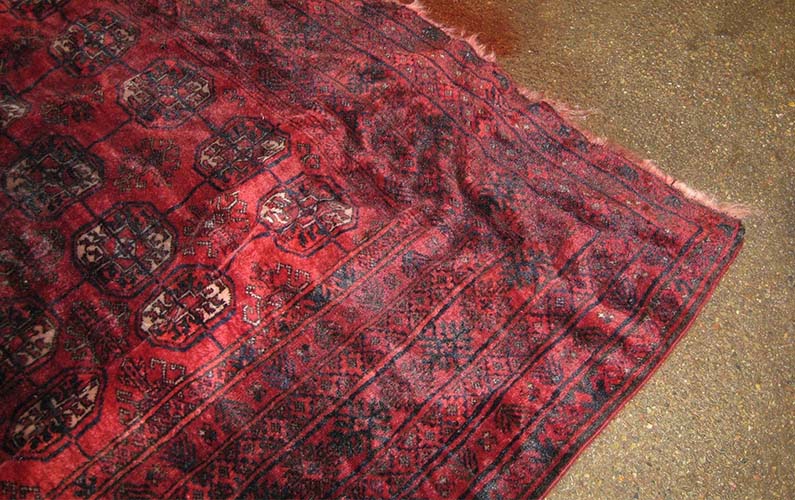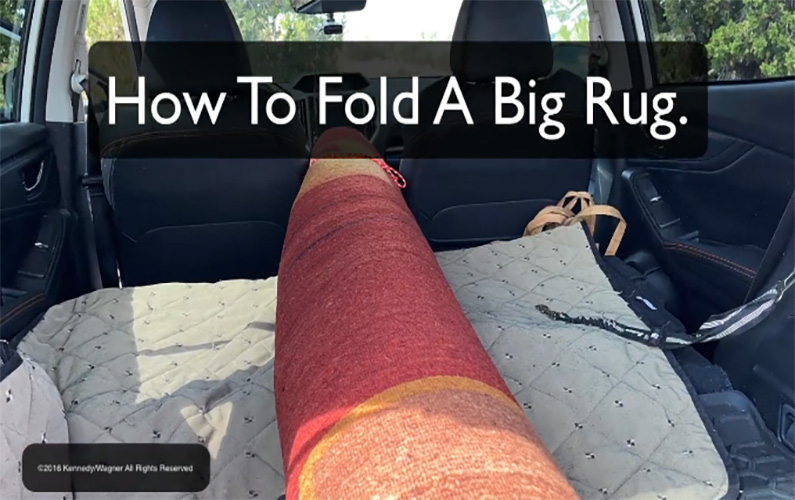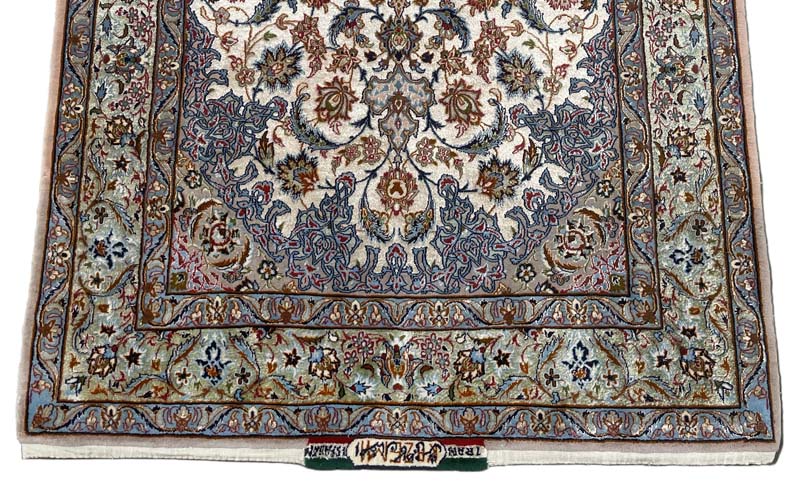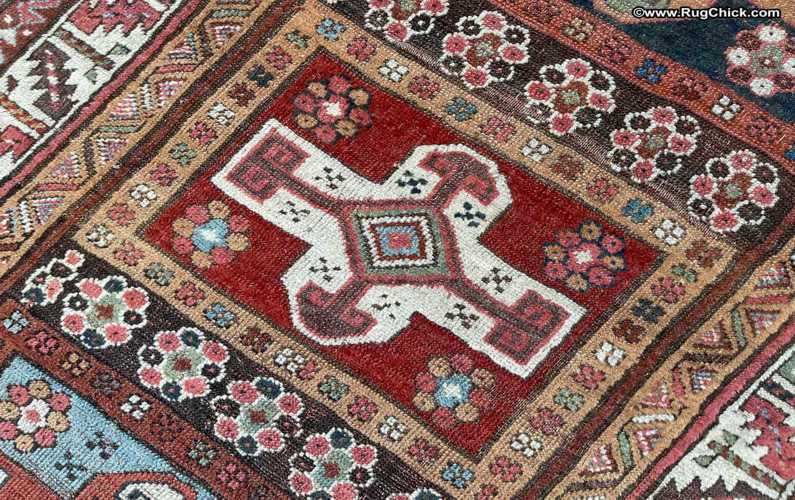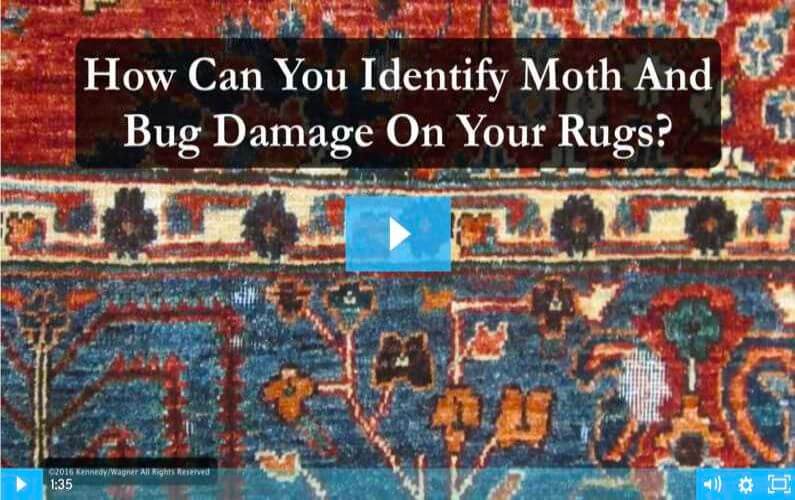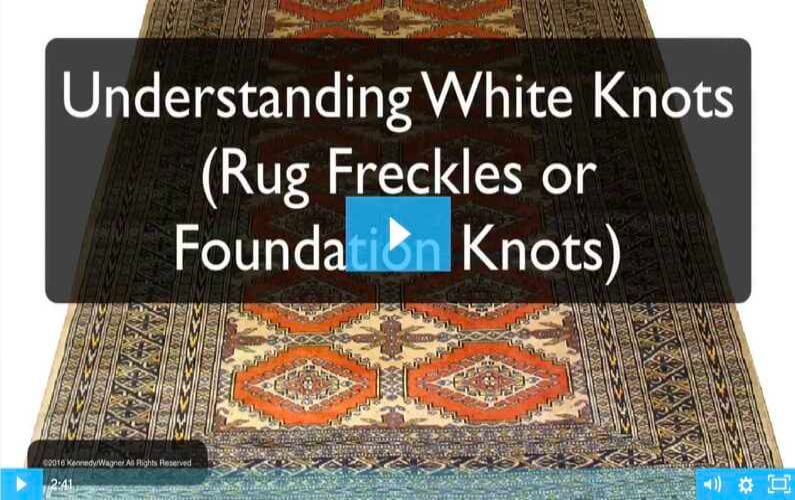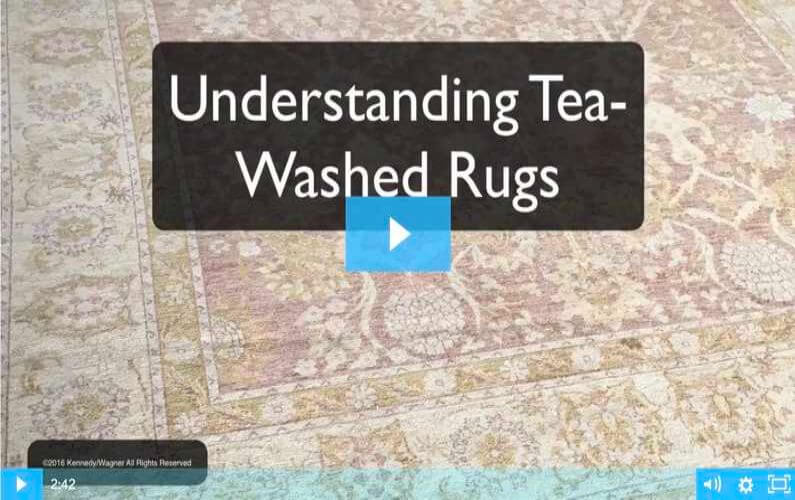Rugs and Floods
The longer a rug remains wet the more likely it is to have dye migration that is not correctable. Rugs that are not washed properly when these incidents happen and dried thoroughly can end up with mildew and dry rot problems. Here is a rug that was involved in a flood and then improperly stored in a plastic bag for months while the home was being repaired, and the rug deteriorated from dry rot as a result:
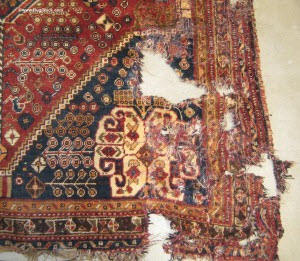
Here are tips to minimize the damage of rugs involved in floods:
- Extract the water as soon as possible using a wet vacuum or having your restoration company extract with their professional water removal equipment.
- Make sure you extract WITH the direction of the rug’s fiber nap, instead of against it (this minimizes fiber damage).
If you are unable to have the rugs thoroughly washed right away, then it’s important to get the rugs as dry as possible to stop the damage risks. Dry them and wash them later. - When transporting to a facility to be cleaned, wrap in towels or sheets to prevent dry from migration from one rug to another.
- Do NOT hang up wet rugs. Extract and dry out flat.
- Do NOT dry in direct sunlight. Most contemporary rugs are sensitive to sunlight fading. If you must dry in sunlight, lay the rugs face down so fading occurs on the back side only until the rugs are taken to a cleaning facility.
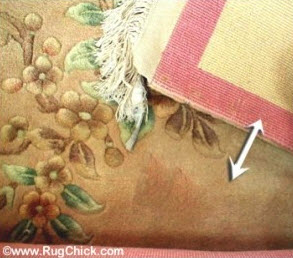
All rugs involved in floods need to be fully washed and decontaminated. Cleaning with a carpet cleaning machine is only a surface cleaning and will not remove the contaminants inside the foundation fibers of woven rugs. Even a “clean water” flood has that water running through “not clean” surfaces from roofs to walls to flooring into those rugs, so the water is never truly “clean.” It’s important in order to put those rugs back in pre-loss condition to have them properly washed.
With tufted rugs (rugs that have latex holding them together and a material covering up the back) there is a risk of delamination due to extended water exposure from a flood.
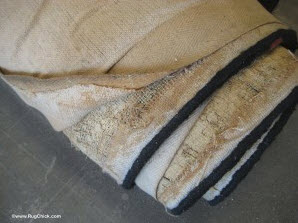
Tufted rugs are rugs that are much quicker to create than woven rugs. Where a woven rug takes months or years to craft, a tufted rug is put together in days, with a large amount of latex adhesive holding that rug together.
If you love your tufted rug and want to save it after the flood, then it requires full washing to decontaminate it, and may also need to have the backing replaced with a new layer of latex applied. This can be a significant repair, but that is the only way to ensure the rug can hold together and still be used and enjoyed.
Hope these tips help you save your rugs if they are ever involved in a flood.

